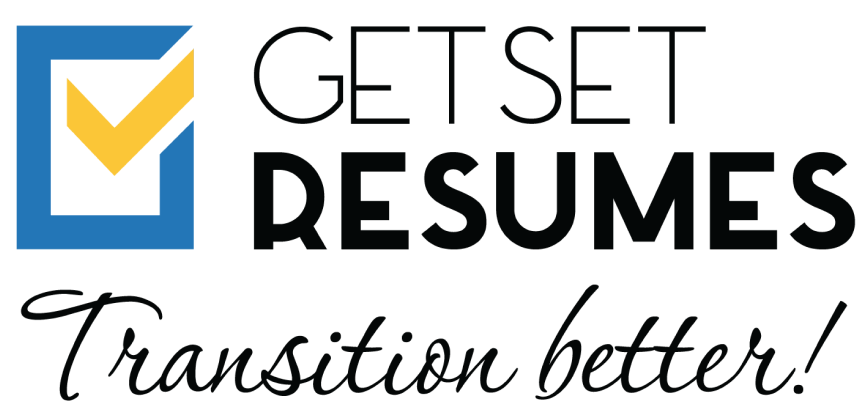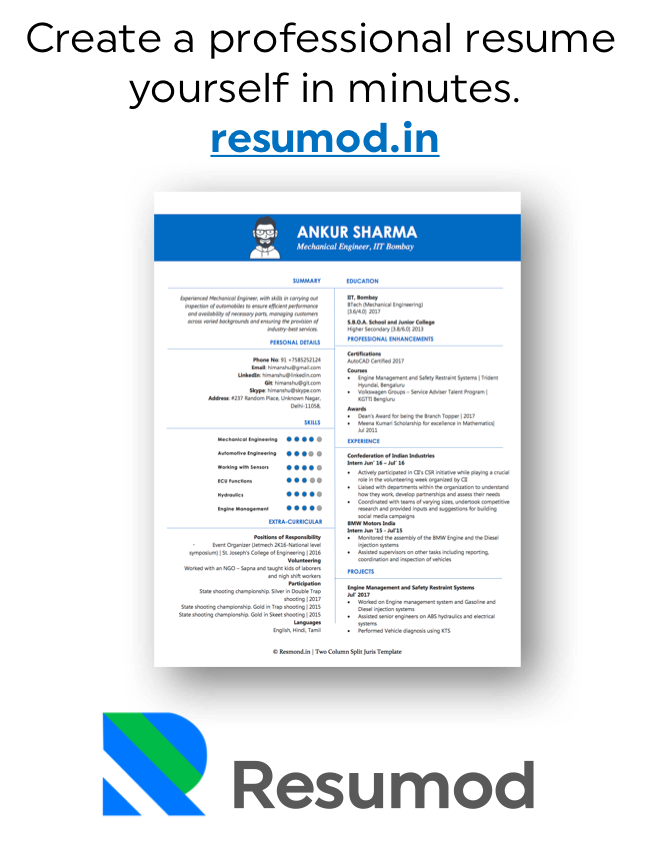During these atypical times, many of us have had to bring our work home and adjust to a new remote workflow. This can be stressful under normal circumstances, but being thrust into this new working environment with little warning has left some feeling less productive and even lost in their daily routine.
Below, we have compiled a list of ideas to help you adjust to working remotely and make daily tasks more manageable in your new temporary office environment.
Stick To Your Routine
It’s no small task to adjust to working from home, especially if it’s something you have never done before. It can be easy to sleep in that extra half hour, or skip the suit and tie for your favourite sweatpants and t-shirt. Before you fall victim to these changes in routine, however, think about ways to keep your normal routine in check. Start by setting your alarm for the same time you would wake for a routine workday in the office. Avoid hitting that snooze button for an extra ten minutes each morning either! Wake up on time, and use your old, now non-existent, commute time to go for a morning walk, practice yoga, or even for enjoying some quiet time with a cup of coffee and a good read.
Once your commute time is up, get dressed in your normal work attire. You don’t necessarily have to wear the tie. Studies are reporting that 61% of employees in 2020 are more productive when dressed in more casual professional attire. While you don’t want to shy away from your comfier clothes, be sure to still dress however you would in the office. This can also assist with transitioning into your well-deserved personal time by ending the work day with changing into sweatpants and a t-shirt fit for a night in.
Plan Your Day
Planning your day ahead of time is a great way to map out your daily tasks and increase your overall productivity. It’s easy to become distracted when working from home, so knowing what needs to get done and compiling them into a comprehensive list can help to stay on task and hold yourself accountable. There’s no better feeling than checking off a completed task, and to keep you even more focused, try rewarding yourself for every three tasks you complete! Have a snack jar on your desk, or reward yourself with a quick walk outside or some time on social media. Give yourself a time limit of five to ten minutes for these breaks before jumping right back into your list to make sure you achieve all of your goals and tasks for the day before it’s time to log off.
To help keep your day organized, invest in a planner, agenda, journal, or digital application that is designed in a way that appeals to you. Use it routinely to get into the habit of tracking your productivity and benchmark times in which you felt more or less productive. Determining pain points when it comes to your personal productivity can help you to adjust your schedule and plan your days in a way that better meets your goals. Refraining from feeling guilt for a less productive day is important too, especially if working remotely is something you have never done before. It’s an adjustment and your schedule and habits will need to adapt along with this new change.
Get Moving
Find time during your work day to step away from your desk to stretch and reset. If you begin to experience signs of burnout and need to take a break from your surroundings, a quick walk around the block can help or even just a trip to the backyard to get some fresh air. Aerobic exercise is a mood booster and can help increase both your energy levels and ability to focus. All it takes is moving your body for thirty minutes a day to see signs of improvement, and when working remotely, it can be a lifesaver if you’re feeling a little stir crazy. If you sit at a desk for the majority of your work day, it is important to get your body moving for not only positive physical health but your mental health as well. If you also look at a computer screen for long periods of time, taking a fifteen minute break of screen-free time can do wonders for eye strain and reducing fatigue.
If your day is jam packed with tasks, break up the thirty minutes into smaller amounts of time to better fit an exercise routine within your day. Blocking out gym time the hour after work is also a great way to de-stress and makes transitioning to personal time a little easier.
Design Your Space
In these current times, you may be sharing a space with family which could include young children, so it may be difficult to find a quiet spot to focus. If you’re limited for space, choose a quiet area in your dining or living room that is away from TV’s and other distracting digital devices. Or, if you have a spare room that could use a little fixing up and would make the perfect space for a home office, consider renovating! This is a more expensive option, but there are plenty of cost saving alternatives like buying gently used furniture, or for major improvements, use your home’s equity to make timely improvements.
Whichever option you choose, look for supportive furniture that fits your needs and serves a purpose in your daily workflow. Having proper storage and organization supplies is key to keeping your space tidy and can also influence your ability to work efficiently and effectively when remote. Consider painting your new office as well with a fun color to energize the space, or decorate with pieces that make you feel inspired. Be sure to find an area with plenty of natural light and one that gives you the room to work without feeling cluttered and overwhelmed. With all of these elements combined, you will be able to create the perfect home office for you!
Log Off
Logging off and unwinding at the end of the work day, especially when remote, can be a challenge, but now more than ever it is pertinent to sustain positive health. Working remotely can make it difficult to separate the work day from personal time especially when there is no clear division between your office and home. It is important to establish a routine time to log off and step away from your workspace to not only prevent burnout but reduce stress levels as well. Working extensive hours can lead to higher stress which reflects itself in poor physical health and mental fatigue. Stick to a schedule and don’t shy away from taking time off! Oftentimes, remote workers refrain from taking PTO due to their ability to be in a more relaxed environment. However, this can still lead to workplace burnout, so take time to rest and rejuvenate to feel your best both inside and outside of work hours.



